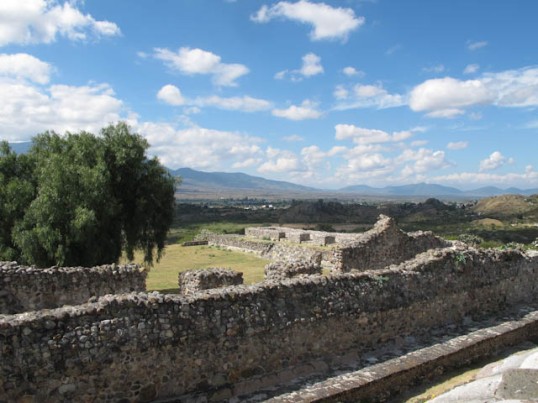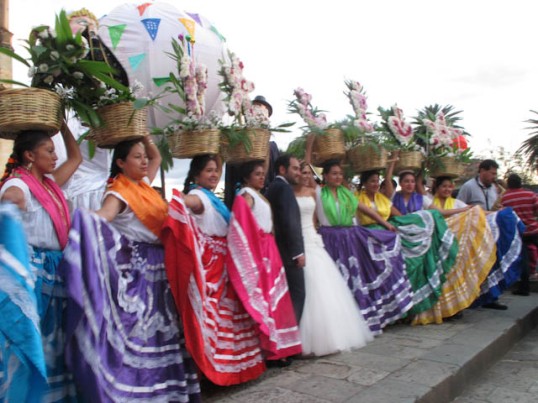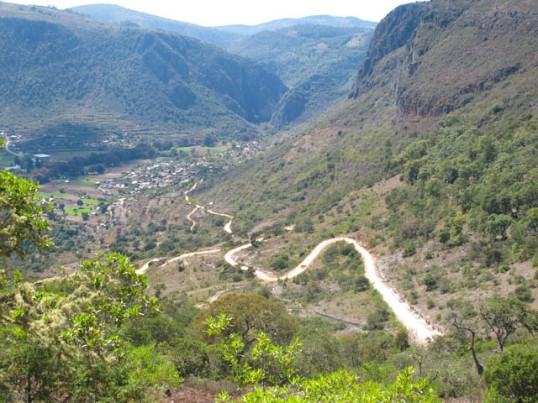Chocolate…the very word evokes images of luxury and sinful decadence once saved for royalty alone…thankfully, times have changed and we can all be royalty!

Everybody Loves Chocolate!
Chocolate comes from the beans of the cacao tree that grows in tropical climates. The scientific name is theobroma cacao, which comes from Greek and means food of the gods. The word cacao refers to the tree and its products before processing. cocoa describes the product after processing, while chocolate refers to any manufactured cacao product.
Cacao was cultivated for the first time in the north of South America and arrived in Mesoamerica very early, even before the time of the Olmecs (1500 BC). Archaeologists have found evidence of cacao use on the coasts of Chiapas (1900 BC) and Veracruz (1750 BC). Around 600 BC, the Maya were producing a drink that was later used by Aztec nobles and warriors. As if we needed another excuse to eat chocolate, they considered it to be a restorative, mood enhancing cure-all! The elite Mixteca consumed cacao on festive occasions and presented it as offerings to the gods.

Typical depiction of ancient people partaking of “Bitter Water”
No one knows for sure the origin of the word chocolate. The word cacao has been traced to the Olmec. Around 1550-60, Spaniards that had invaded Mexico began to include chocolate in their diet. They began to use the word chocolate, and it’s believed this word is a derivation of xocolatl, meaning “bitter water”, from the Náhuatl language.
By 1600 chocolate was being shipped to Spain, and from there it spread to become a world favorite. The word chocolate is virtually the same word in all languages.
The history of Oaxaca chocolate goes back for centuries, and chocolate is widely used in Oaxacan culinary treats. Oaxacans consume much more chocolate than any other people in Mexico!
Most of the cacao beans come from the states of Chiapas and Tabasco, but even though Oaxaca doesn’t grow much cacao, it is the center of chocolate production in Mexico. The indigenous people of Oaxaca have conserved and developed many drinks based on the ancient principles of the Mesoamerican kitchen, and there are at least eleven distinct preparations in the Oaxaca region. The base liquid can be either milk or water, with other possible ingredients being wheat, cinnamon, rice, corn, achiote, cacao flower, sugar, vanilla, almonds, and other ingredients known only in these regions. Two examples are champurrado, a hot chocolate thickened with cornstarch, and tejate, a refreshing cold drink made with chocolate, masa, flowers, and the pulp of the mamey fruit.

Stone Wheel Milling Machines

Beans Toasted and Ready for Milling
After the pods are picked from the trees, the beans are removed, fermented, and then ground into a gritty paste that is seasoned with various ingredients, depending on its intended use.
Notice the upper left picture shows how the cacao pods sprout right from the tree trunk.

Beans, Almonds and Cinnamon

First Milling

Second Milling and Sugar Addition

Final Blending
“Posada del Cacao”
David and I attended the annual “Posada del Cacao”, an event organized by the Centro Académico y Cultural San Pablo and Chocolate Mayordomo (a major chocolate company) so that visitors can try the 11 types of chocolate drinks. “The objective is to promote the rich ethnobotanical and culinary heritage that cacao represents among the villages of the state of Oaxaca.”
Traditional Oaxaca chocolate, often referred to as “Mexican Chocolate,” is often ground with sugar, cinnamon, and almonds and formed into bars used to prepare hot chocolate and other dishes. It is readily available in many grocery stores, usually in colorful octagonal boxes filled with thick wedges of chocolate which must be broken apart for use.
Oaxaca is also famous for its mole, a savory dish which sometimes includes chocolate. Mole is savory, not sweet, and may be strange for people who are accustomed to enjoying their chocolate as a dessert. Mole is a rich, piquant sauce which is delicious with a variety of foods. You can buy mole pre-mixed or create your own, using the ingredients that Oaxacans have used for centuries.

Building Wall Slide Show of Mayan Artifacts

Cacao Pods

Cacao Beans

Frothing the Chocolate Drink

Chocolate Drink Served in Gourd Bowls

Chocolate Drink Frothed and Ready to Eat with Bread for Dunking!






























































































